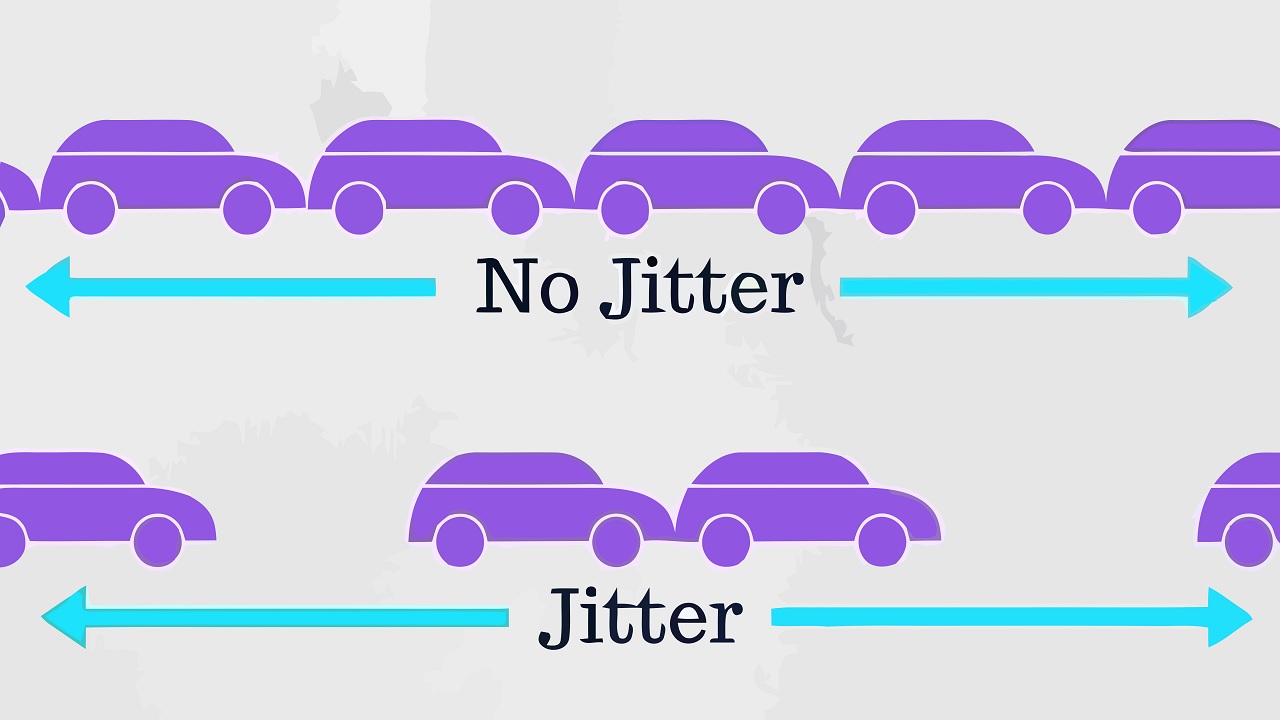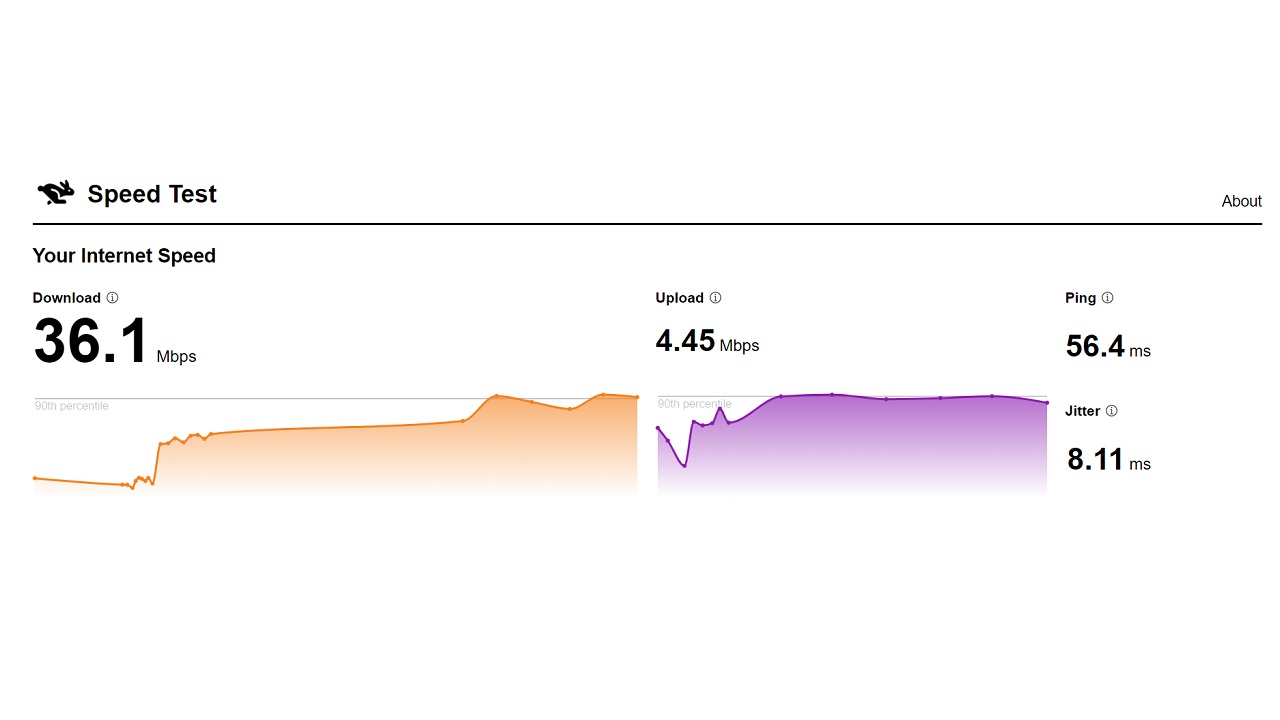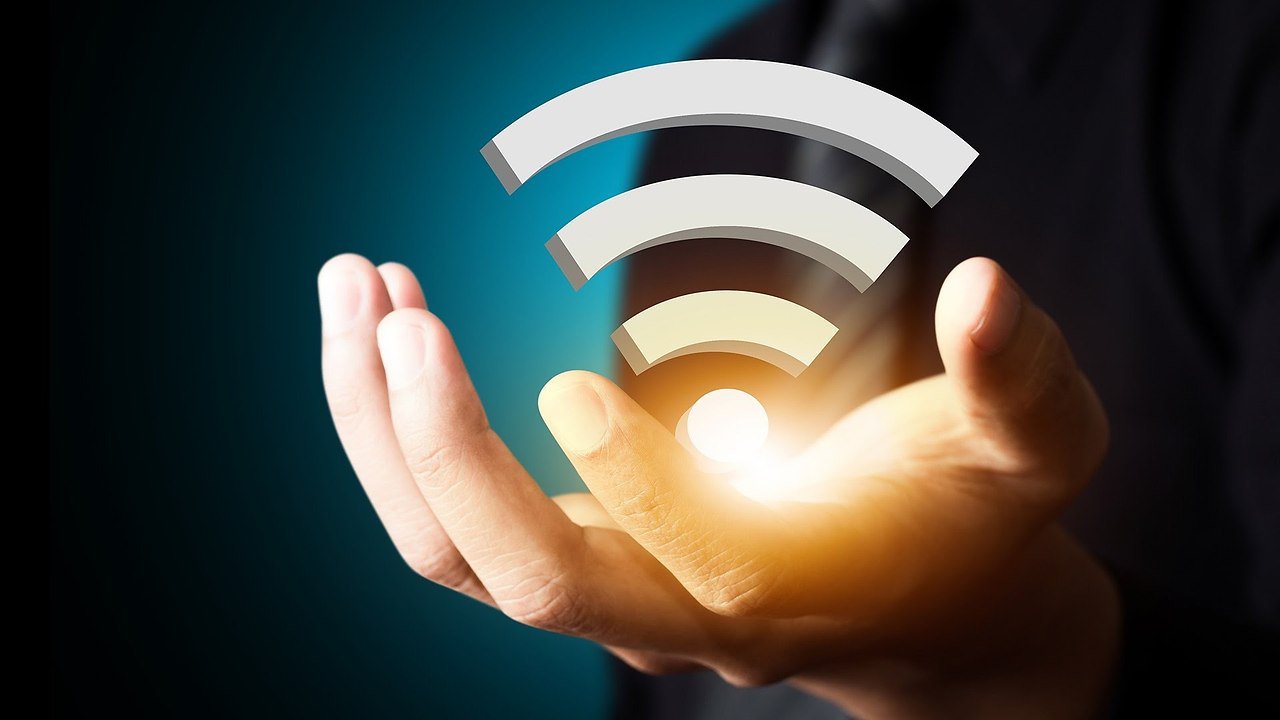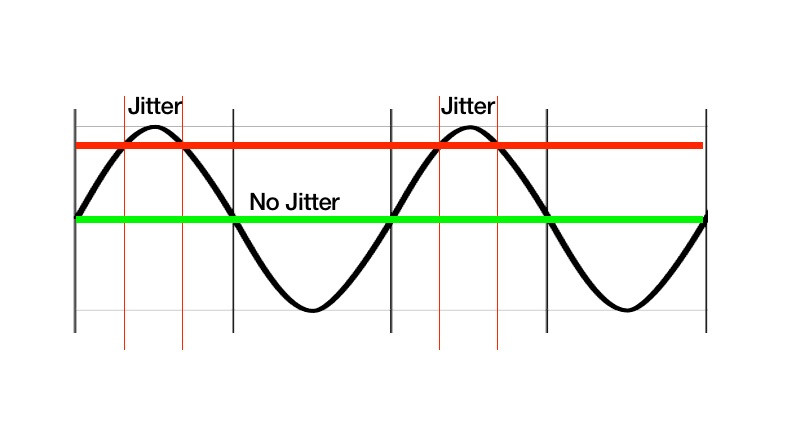With the pandemic, the system of remote working, which we call mobility, has become very common. A good internet connection is essential to be able to work remotely. However, there may be some issues with the internet connection depending on many different reasons. One of the most annoying among them is jitter. Jitter, which appears to be a delay, but It is a network problem, of which vibration is the most accurate definition.
During an internet connection, data is sent in packets and unpacked at the recipient. The inconsistency of the delay in these data packets will cause the jitter problem. Even though it may seem like a regular slow internet problem, it is actually much more frustrating when the jitter problem occurs. Bride what is jitter, how to reduce it, how much should its value be? Let’s answer the most frequently asked questions in detail.
What is jitter, how to reduce it, how much should its value be?
What is jitter?
What are the symptoms of jitter?
What should be the acceptable jitter value?
How is the jitter value measured?
Why does the jitter value increase?
Wireless Network Problems
Problems caused by your ISP or the platform you’re using
network congestion
How to reduce jitter?
Check your connection quality
Use jitter buffer
use a good router
Connect to the Internet with an Ethernet cable
Check Link Frequency
What is jitter?
Jitter, which we can translate as vibrations in our language, is the experience experienced during data packet transfer in the internet connection. It is a network connectivity issue caused by inconsistent latency. Jitter may seem like a slow internet connection or data sharing at first glance, but the results are more frustrating than that.
To understand what jitter is, we need to provide some details. shared between users on an internet connection data is split into packets and sent sequentially. When all these data packets reach the receiver, they are combined and presented as such. The jitter problem arises because these individual packets experience independent delays.
What are the symptoms of jitter?

When there is a latency problem in your internet connection, the problem you set during the live call. “Hello, good day everyone.” phrase is delivered to the recipient a few seconds later than requested. This happens often with the latency problem. It doesn’t lead to very annoying results, just people try to speak in turn and prevent voices from overlapping.
When there is a jitter problem in your internet connection, the same phrase you used during the live call ‘me ha ba he cut egg laughs’ if in a ridiculous order and delivered to the buyer in an incomprehensible manner. Since the live call in question is also video, the image the recipient sees on the screen can be very frustrating.
What should be the acceptable jitter value?
The jitter value is evaluated in milliseconds, known by the abbreviation ms. Acceptable jitter value is 30 ms and below. Audio and video quality degradation begins with jitter values greater than 30 ms. If this value is 150ms or more, which you can somehow manage, even if it’s inconvenient, it means everything is messed up.
How is the jitter value measured?

Open the Speed Cloudflare jitter test page from the link here. When you turn on the system, internet within seconds It measures your network connection and displays the results. Download shows your download speed, upload shows your download speed, ping shows your share speed and jitter shows the latency inconsistency. In the test results you can see much more details about your internet connection.
Why does the jitter value increase?
- Wireless Network Problems
- Problems caused by your ISP or the platform you’re using
- network congestion

Wireless network issues:
Nowadays almost all users no longer have an Ethernet cable, over a wireless Wi-Fi network connects to the Internet. If there is an occasional router called a router, the wireless network can cause a lot of problems. Problems with the wireless Wi-Fi network caused by modem and router often increase the jitter value and decrease the internet quality.
If there is no wireless wifi network problem that is caused by the modem and router you are using at home, then the cause of the problem is main source, it could be your internet service provider. Another issue that increases the jitter value is the platform you are using for the connection. Problems caused by the platform server you are chatting with can also increase the jitter value.
Network congestion:
Even if there is no problem in the wireless WiFi network that comes from the modem and router you use at home, your internet provider or the platform you use. even if there is network congestion the jitter value increases. You will find that sometimes the internet is not as it should be. Here, the density situation called network congestion also increases the jitter value.
How to reduce jitter?
- Check your connection quality.
- Use jitter buffer.
- Use a good router.
- Connect to the Internet with an Ethernet cable.
- Check the link frequency.

Check your connection quality:
Check the quality of your connection to see if the problem is with your ISP. If there is a problem with the connection, make sure that: contact the technical service of your internet provider and report the situation. Usually such connection problems are solved by remote intervention.
Use jitter buffer:
If you’re calling over the Internet using a VoIP system, one of your biggest problems is jitter. A device called a jitter buffer You can connect directly to the VoIP system and get rid of the negative effects of jitter. There are two types of jitter memory, static and dynamic.
Use a good router:
If you use a router, that is, a router, you should pay attention to the characteristics of the device. Some routers specifically prioritize voice data packets. and thus ensure that it is barely noticeable even if there is a jitter problem. Considering your user habits, you should choose a good router with the right features.
Connect to the Internet with an Ethernet cable:
Even if there is no visible Wi-Fi network problem caused by the modem and router you use at home. Obviously, if the jitter value is high, it won’t work very well. As a workaround, connect your computer directly to the modem using the Ethernet cable that usually comes out of the modem box and eliminate the negative effects of the wired Internet jitter problem.
Check the link frequency:
In general, we provide our Internet network connections over the 2.4 GHz and 5 GHz frequencies. 2.4 GHz is slow but effective in a wide area while 5 GHz is fast but effective in a narrow area. Choosing the most accurate connection frequency depending on your user habits will solve many different Internet network connection problems, especially jitter.
Issue caused by latency inconsistency while transferring data packets over the internet what is jitter, what should its value be? We answered the frequently asked questions and talked about the details you need to know about the topic.

















